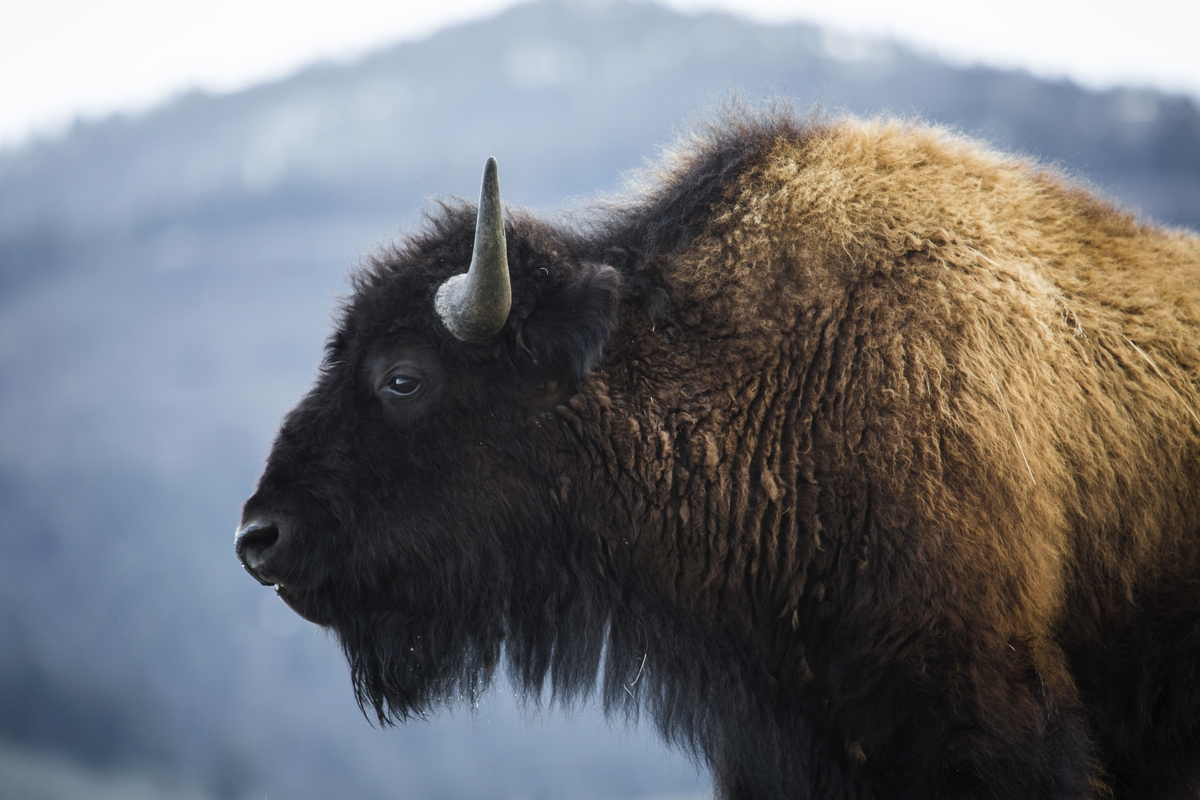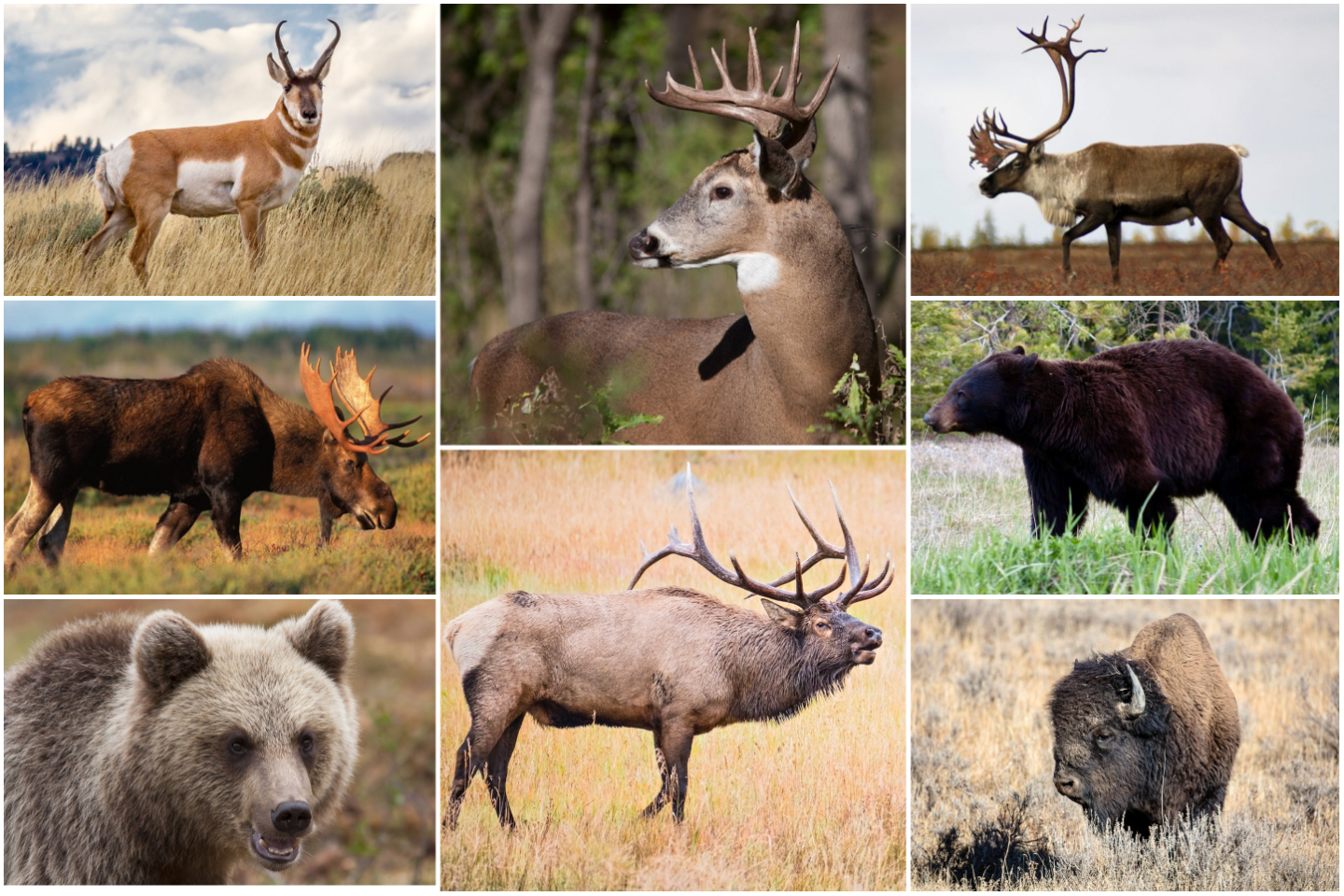THE HUNTS AHEAD
Our exclusive annual province-by-province breakdown of Canada’s hottest big-game hunting spots
Advertisement

NORTHWEST TERRITORIES
This past winter was cold in the N.W.T., but that’s normally not an issue for the territory’s cold-adapted big-game species. Instead, these animals are getting stressed by the increasingly warmer weather, with summer days reaching 30°C, longer biting-insect seasons, and winters with crusty snow from thaw-freeze cycles. Last year, pandemic restrictions limited travel both to and within the territory, which reduced the hunter harvest overall, but may have increased hunting pressure in more accessible areas.
BEARS
Advertisement
There are hunting seasons for both grizzly and polar bears in the N.W.T., but because the population density of both species is low, and reliable population estimates are difficult to obtain, the harvest is closely monitored. Grizzlies appear to be expanding their range northward and possibly encroaching into polar bear habitat. As for black bears, they are much more numerous and found mostly in the south of the territory. In some areas near human settlements, in fact, populations are now high enough to become a problem. Black bear hunters should do well this year.
BISON
In the Bison Control Area south of Great Slave Lake, bison numbers have been reduced to control the spread of disease. Elsewhere, though, populations continue to grow. It’s well-known where these animals congregate, so hunting success is almost guaranteed for the determined hunter. The challenge is in getting drawn for a licence.
Advertisement
CARIBOU
The N.W.T.’s caribou pose a significant management challenge. Some populations, mostly in less accessible areas, are stable. Overall, however, numbers are down or slowly recovering. Nonetheless, hunter interest remains high. Some herds are open only to hunters with Indigenous harvesting rights, while other areas are closed to all hunting. Recovery projects are underway, but the situation is being made all the more complicated by the impacts of climate change. Hunters must keep abreast of the ever-changing regulations, which reflect the best current population estimates.
DALL’S SHEEP
These sheep are found only in the mountains of the western parts of the territory, where access can be difficult and expensive for hunters. Sheep numbers in the Mackenzie Mountains along the border with the Yukon are stable, while down somewhat in the more northerly Richardson Mountains.
MOOSE
Moose are found in low densities throughout most of the N.W.T., making them subject to careful management. This is especially so since hunter interest in moose has increased as caribou-hunting opportunities have decreased. In more easily accessed areas, moose numbers have declined in recent years, but knowledgeable hunters who venture away from the roads should still find a bull.
MUSKOX
Similar to moose, muskox have been seeing more hunter attention as caribou-hunting success declines. Populations on the northern islands had dipped following a parasite and disease issue, but they now appear to be recovering. On the mainland, muskox numbers are increasing, expanding southward and dispersing. That means hunters are now likely to encounter more of these animals, complete with new opportunities for both resident and non-resident hunters.
DEER
New to the N.W.T., hunting is now open for both white-tailed and mule deer. The numbers of both species are currently low, but they are expected to increase as the climate continues to warm.

